Green Garden Solutions: Sustainable Practices for a Beautiful and Eco-Friendly Garden
Creating a lush and vibrant garden doesn’t have to come at the expense of the environment. With green garden solutions, you can design and maintain a garden that is both beautiful and sustainable. These eco-friendly practices help conserve resources, support local ecosystems, and reduce your environmental footprint, all while enhancing the health and beauty of your outdoor space. Let’s explore some effective green garden solutions for a sustainable and thriving garden.
1. Native Plant Selection
Choosing native plants is one of the easiest and most effective green garden solutions. Native species are adapted to the local climate and soil conditions, making them more resilient and less resource-intensive to maintain. They also support local wildlife, including pollinators like bees and butterflies.
- What to Plant: Research the native plants of your region, including flowers, shrubs, and trees that thrive in your area. Wildflowers, prairie grasses, and drought-tolerant plants like lavender or coneflower are excellent options for low-maintenance, eco-friendly gardens.
- Benefits: Native plants require less water, fertilizer, and pest control, reducing your garden’s environmental impact. They also provide food and habitat for local insects and animals, enhancing biodiversity.
Pro Tip: Group plants with similar water and sunlight needs together to further reduce water consumption and maintenance.
2. Composting
Composting is a green garden solution that turns kitchen scraps and yard waste into nutrient-rich soil amendments. By composting, you can reduce the amount of waste that ends up in landfills while enriching your garden’s soil naturally.
- How to Compost: Set up a compost bin or pile in your garden where you can add organic waste like fruit and vegetable scraps, coffee grounds, grass clippings, and leaves. Over time, this material will break down into compost that you can mix into your garden beds.
- Benefits: Compost improves soil structure, promotes healthy plant growth, and reduces the need for chemical fertilizers. It also helps retain moisture in the soil, reducing the need for frequent watering.
Pro Tip: Balance “green” materials (like vegetable scraps) with “brown” materials (like dried leaves) to create the ideal compost mix.
3. Rainwater Harvesting
Rainwater harvesting is a simple yet highly effective way to reduce water usage in your garden. By collecting and storing rainwater, you can irrigate your plants naturally, saving both water and money.
- How to Harvest: Install a rain barrel or tank connected to your home’s gutter system to capture rainwater runoff from the roof. This collected water can then be used to water your garden during dry periods.
- Benefits: Harvesting rainwater reduces your reliance on municipal water supplies and helps conserve this precious resource. It also provides chemical-free water for your plants, which is better for their growth and health.
Pro Tip: Use drip irrigation systems with your rainwater storage to deliver water directly to plant roots, minimizing evaporation and water waste.
4. Mulching
Mulching is a sustainable gardening practice that helps conserve soil moisture, suppress weeds, and regulate soil temperature. Organic mulches, like bark, straw, or compost, also break down over time, adding nutrients back into the soil.
- How to Use Mulch: Spread a 2-3 inch layer of organic mulch around the base of your plants, being careful not to pile it against stems or trunks. Refresh the mulch as needed to maintain its benefits.
- Benefits: Mulch reduces the need for frequent watering, keeps weeds at bay without the use of chemicals, and improves soil health as it decomposes. It also enhances the appearance of your garden by creating a clean, finished look.
Pro Tip: Choose local and sustainable mulch materials, such as wood chips from a local arborist or shredded leaves from your own yard, to further reduce your garden’s environmental impact.
5. Permaculture Gardening
Permaculture is a design philosophy that focuses on creating self-sustaining ecosystems by mimicking natural processes. In a permaculture garden, plants, animals, and soil work together in harmony to produce food, conserve resources, and support biodiversity.
- Key Principles: Use companion planting, where different plants are grown together to enhance each other’s growth and deter pests. Create a diverse garden with a variety of plants, including perennials, to reduce maintenance and increase resilience.
- Benefits: Permaculture gardens require fewer external inputs like water, fertilizer, and pesticides. They also promote healthy ecosystems and increase the productivity of your garden over time.
Pro Tip: Incorporate edible plants into your permaculture garden, such as fruit trees, herbs, and vegetables, to create a self-sustaining food source.
6. Drip Irrigation Systems
Efficient drip irrigation systems are a water-saving solution that delivers water directly to the root zone of plants, minimizing evaporation and runoff. This method ensures that plants receive the right amount of water without overwatering.
- How to Set It Up: Install a drip irrigation system with tubes or hoses placed at the base of plants. These systems can be connected to timers or smart watering systems to automate the process and ensure consistent watering.
- Benefits: Drip irrigation conserves water, reduces the likelihood of fungal diseases by keeping foliage dry, and delivers water directly to where it’s needed most. It’s particularly useful in drought-prone areas or gardens with water restrictions.
Pro Tip: Use a soil moisture sensor with your drip irrigation system to ensure that plants are only watered when necessary.
7. Pollinator-Friendly Gardens
Creating a pollinator-friendly garden supports essential species like bees, butterflies, and birds, which are vital for pollinating plants and maintaining biodiversity. These gardens can be both beautiful and functional, contributing to the health of your local ecosystem.
- What to Plant: Choose a variety of flowering plants that bloom throughout the seasons to provide a consistent source of nectar and pollen. Native wildflowers, milkweed, and lavender are excellent choices for attracting pollinators.
- Benefits: Pollinator-friendly gardens enhance plant diversity and help ensure the health of food crops that rely on pollination. They also create a vibrant, colorful space that attracts wildlife and adds visual appeal to your garden.
Pro Tip: Avoid using chemical pesticides in your pollinator garden, as they can harm beneficial insects. Instead, opt for natural pest control methods like companion planting or introducing beneficial insects like ladybugs.
8. Green Roofing and Vertical Gardens
For urban gardeners or those with limited space, green roofing and vertical gardens are innovative solutions that maximize growing potential while reducing your environmental footprint.
- How It Works: Green roofs involve growing plants on a rooftop, which provides insulation, reduces stormwater runoff, and improves air quality. Vertical gardens use structures like trellises or wall-mounted planters to grow plants vertically, making the most of small spaces.
- Benefits: These solutions increase green space in urban environments, promote biodiversity, and provide insulation to reduce energy consumption. They also add a unique, stylish element to your home’s exterior or interior.
Pro Tip: Choose low-maintenance, drought-tolerant plants for your green roof or vertical garden to minimize water usage and upkeep.
9. Natural Pest Control
Instead of using harmful chemicals, adopt natural pest control methods that maintain the health of your garden and support beneficial insects. These solutions help create a balanced ecosystem where pests are kept in check naturally.
- How to Control Pests Naturally: Use companion planting to repel pests—plants like marigolds, basil, and garlic can deter unwanted insects. Attract beneficial insects, such as ladybugs and lacewings, which feed on harmful pests like aphids.
- Benefits: Natural pest control methods reduce the need for chemical pesticides, which can harm soil health, water quality, and pollinators. They also help create a more balanced and self-sustaining garden ecosystem.
Pro Tip: Introduce insect hotels or water sources to encourage beneficial insects and birds to visit your garden, helping to keep pest populations in check.
Conclusion
With these green garden solutions, you can create a beautiful, sustainable, and eco-friendly outdoor space that benefits both you and the environment. From selecting native plants and conserving water to supporting pollinators and practicing natural pest control, these strategies help reduce your garden’s environmental impact while enhancing its health and vitality. Whether you’re a novice or experienced gardener, adopting these sustainable pra
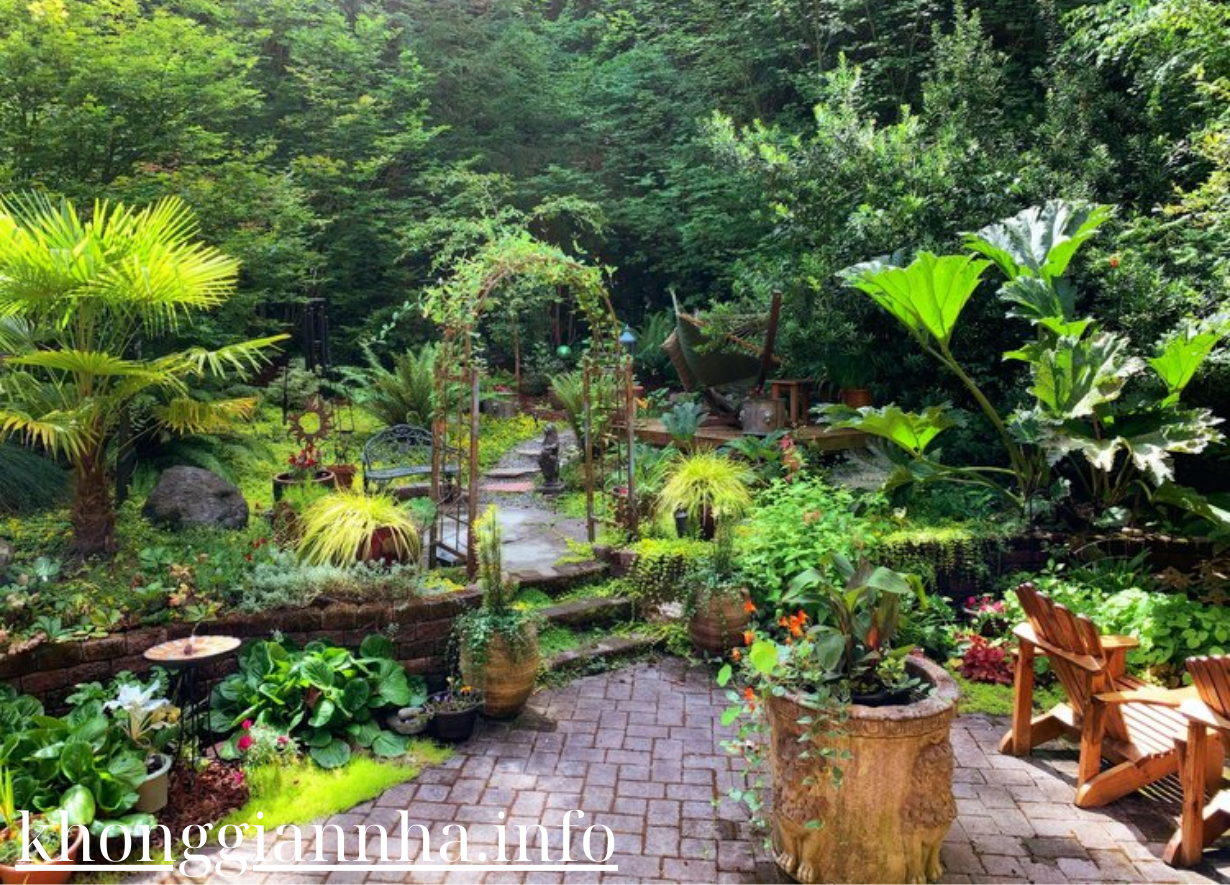
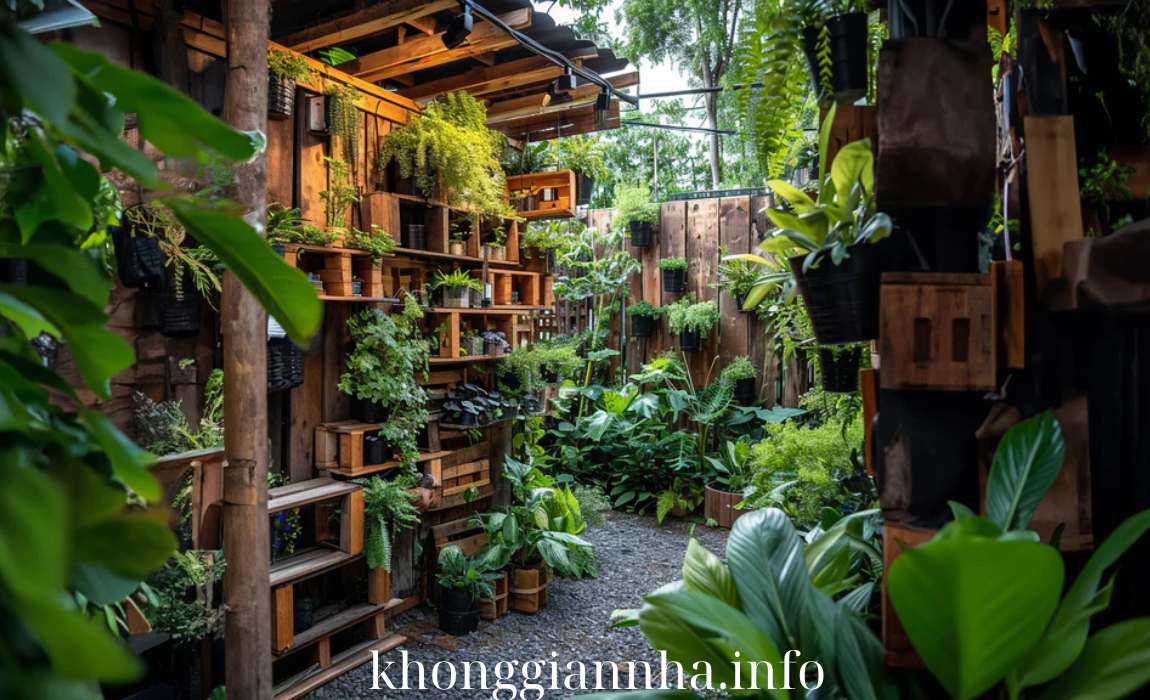
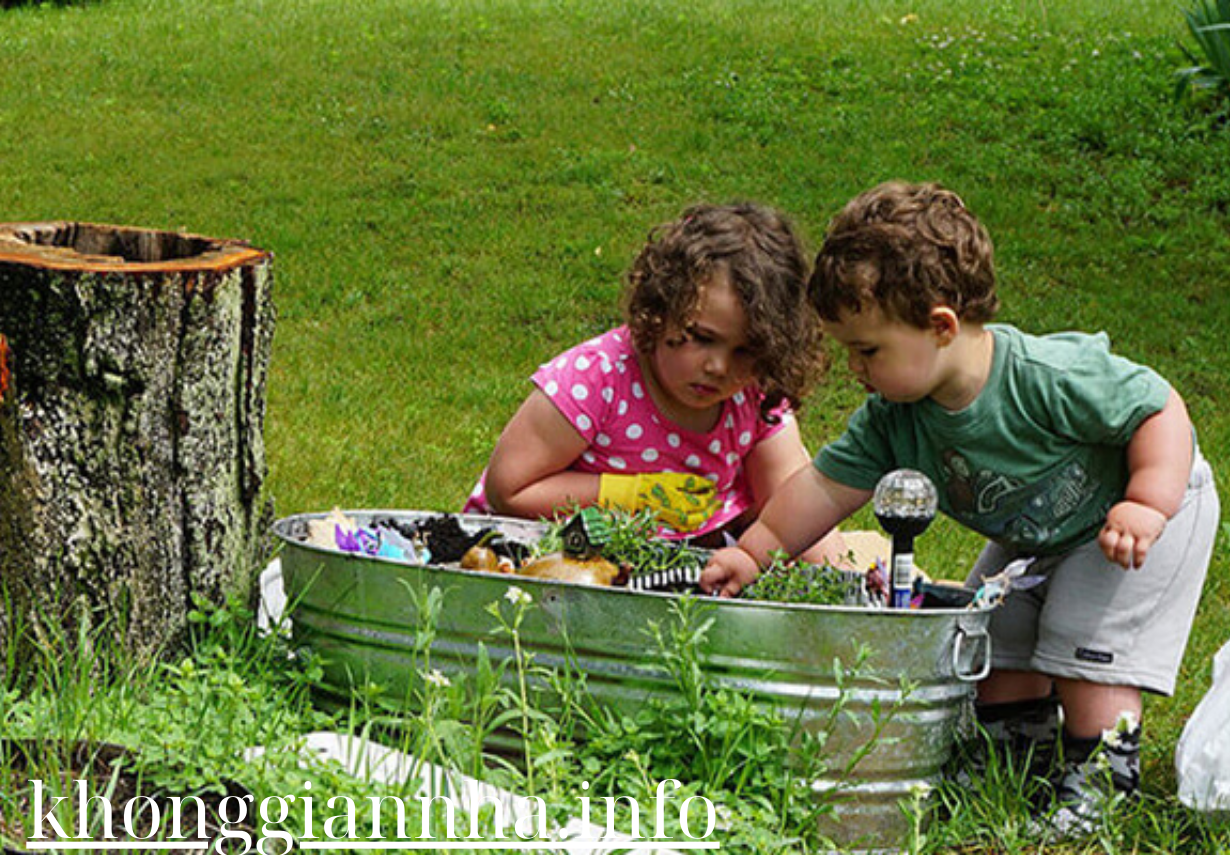
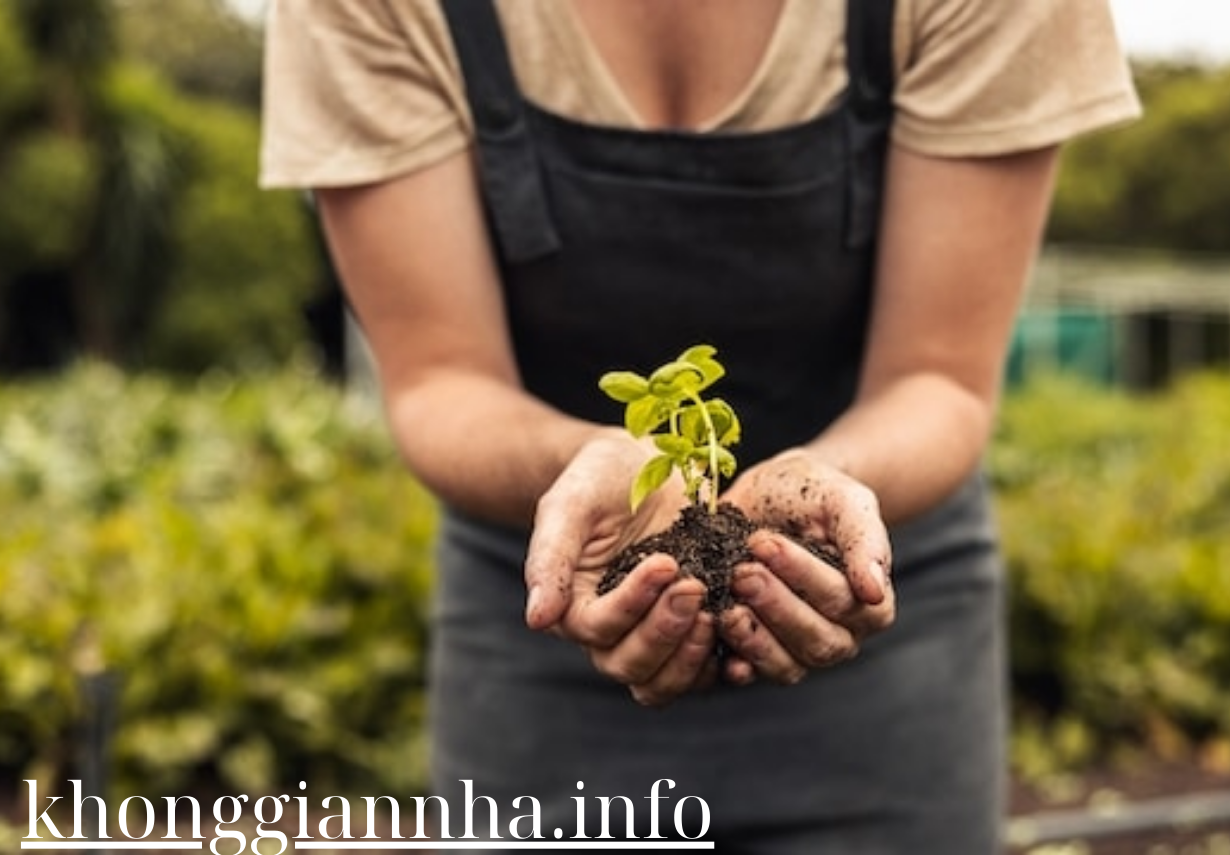


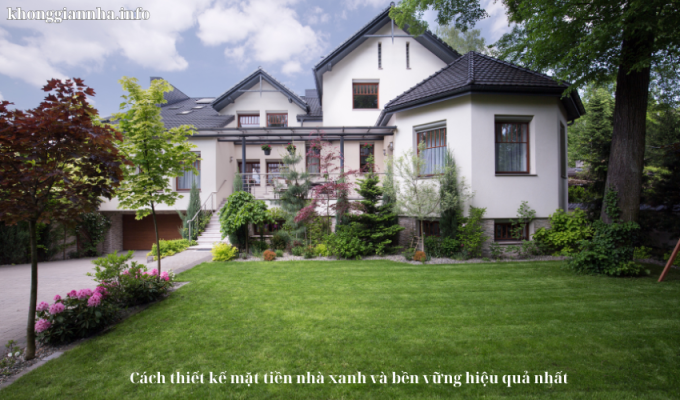


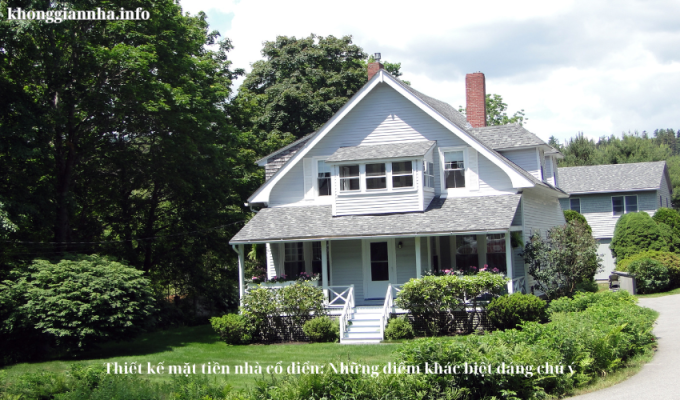

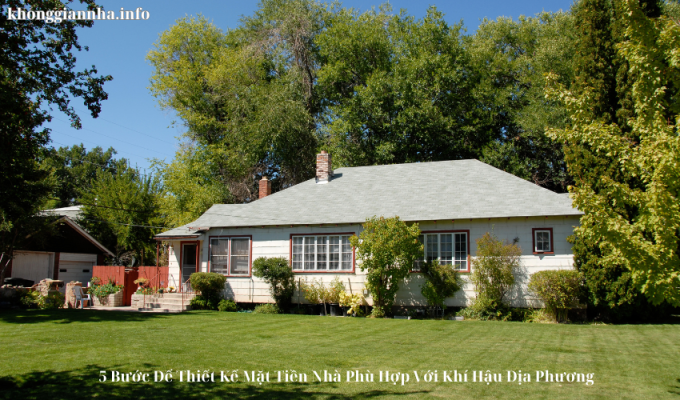


Post Comment